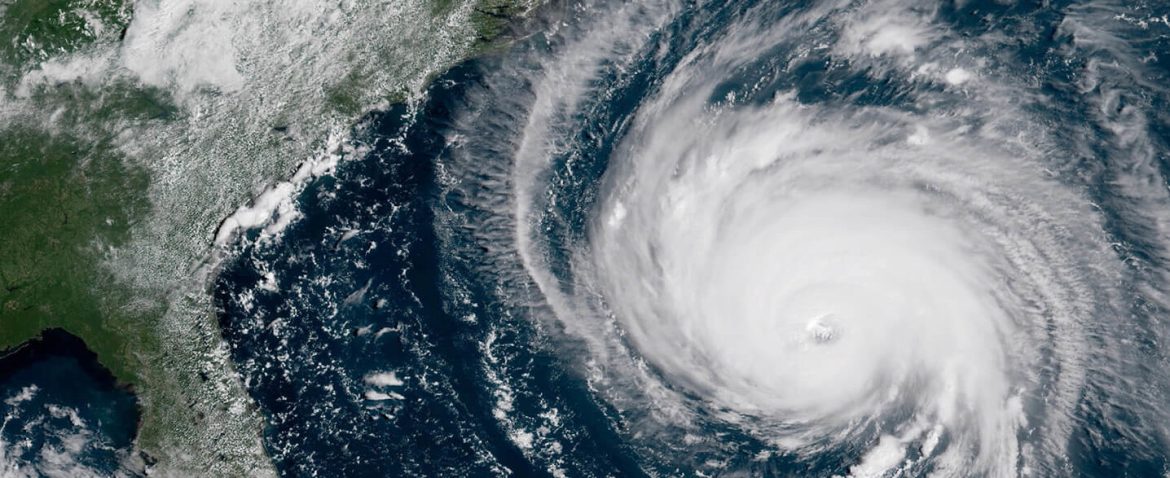The National Oceanic and Atmospheric Administration (NOAA) is predicting that this year’s Atlantic hurricane season, which begins June 1, will be above normal. Specifically, NOAA’s Climate Prediction Center is forecasting 14 to 21 named storms, of which six to 10 could become hurricanes – meaning winds of at least 74 mph. Of those, three to six are predicted to be major hurricanes – Category 3, 4 or 5 – with winds of 111 mph or higher.
John Kosak – NBAA (National Business Aviation Association) air traffic management specialist and program manager, weather – stressed that NOAA’s forecast of an above average season doesn’t tell people how many hurricanes will make landfall this year: “No one knows that number.”
But he did say that the forecast by NOAA, which is part of the U.S. Department of Commerce, is a good time for NBAA members to take stock of their operations and be prepared.
“When it comes to landfalling hurricanes, it only takes one to ruin your operation,” Kosak said. “These are huge storms with tropical storm force winds reaching out in excess of 100 miles from the eye or center of the storm. They can push a storm surge miles inland, which in some cases can cause more death and destruction than the winds.
“Operators need a plan going into the season,” Kosak added. “What are you doing with your personnel and aircraft before, during and after the storm? Do you have local contact information for the FBO or airport manager?” He noted that the airport manager will issue the NOTAM to close the airport or runways – not the FAA.
Secretary of Commerce Gina M. Raimondo also stressed the need for people to be prepared during this dangerous season. “Early preparation and understanding your risk is key to being hurricane-resilient and climate-ready,” she said in a statement announcing NOAA’s hurricane forecast. “Throughout the hurricane season, NOAA experts will work around-the-clock to provide early and accurate forecasts and warnings that communities in the path of storms can depend on to stay informed.”
There are two important resources that NBAA members should avail themselves of to make sure they’re prepared:
- NBAA’s hurricane resource page, which details what members should expect from NBAA Air Traffic Services (NBAA ATS) during hurricane season.
- NOAA’s National Hurricane Center page
NOAA’s forecast of an above-average hurricane season, if it’s borne out, would be the seventh consecutive above-average hurricane season. NOAA cited several factors in its prediction of increased activity:
- The ongoing La Niña, which is likely to persist throughout the hurricane season
- Warmer-than-average sea surface temperatures in both the Atlantic and Caribbean
- Weaker tropical Atlantic trade winds
- An enhanced West African monsoon



 This information will never be shared to third parties
This information will never be shared to third parties